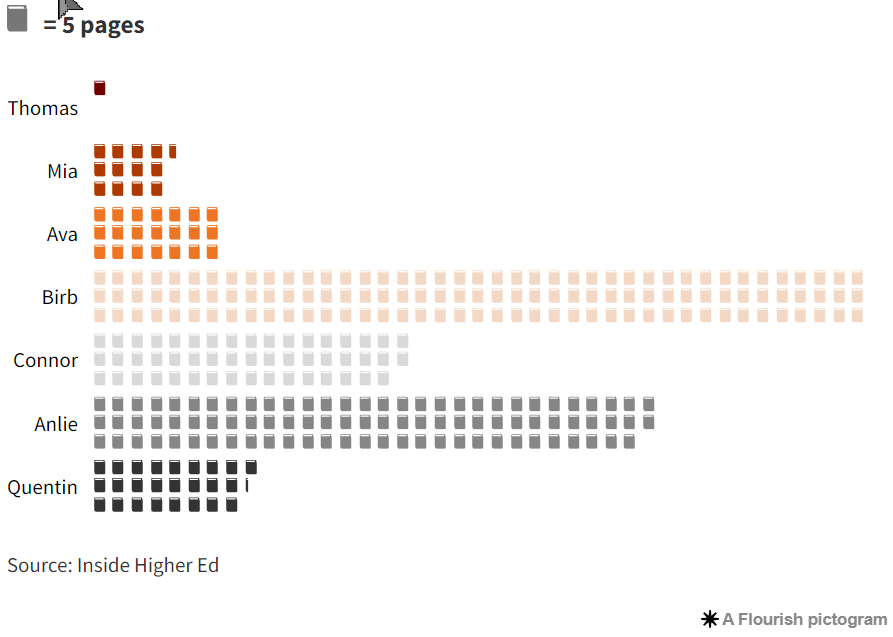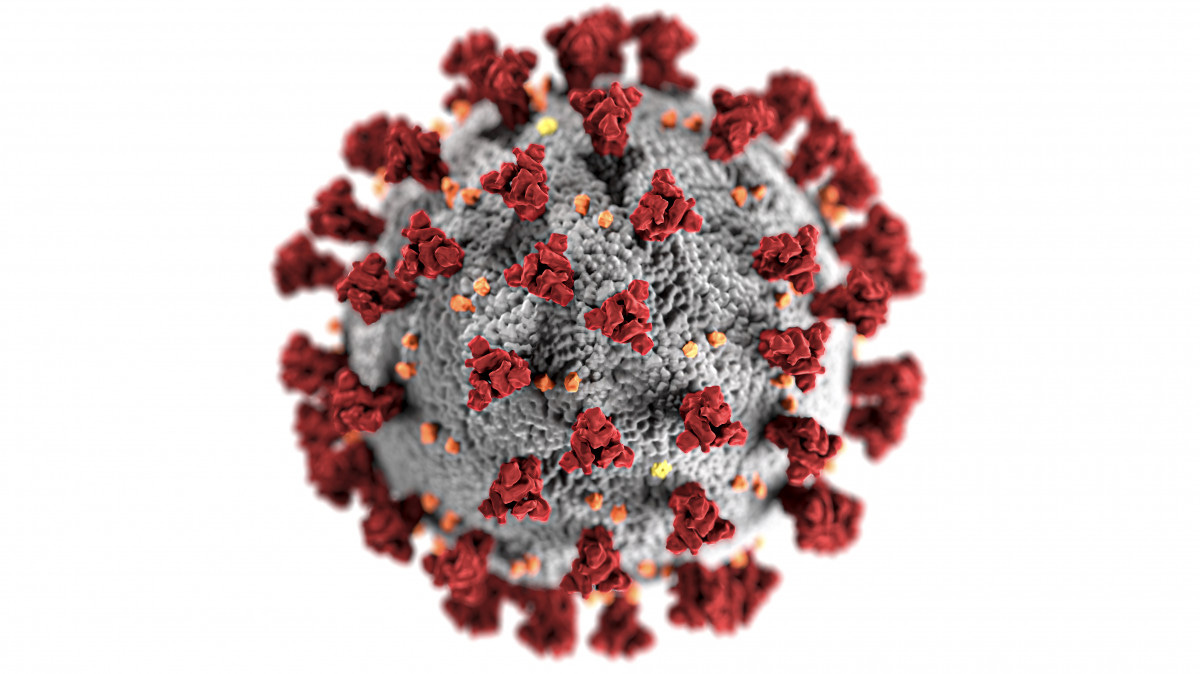Sci-Ed Update 330
Smell is complicated, new DNA/protein tool, student reading patterns, discovery of microRNA, COVID ups risk of heart attack and so does Type A blood, skinny genes found?,
‘Phenomenal’ tool sequences DNA and tracks proteins — without cracking cells open
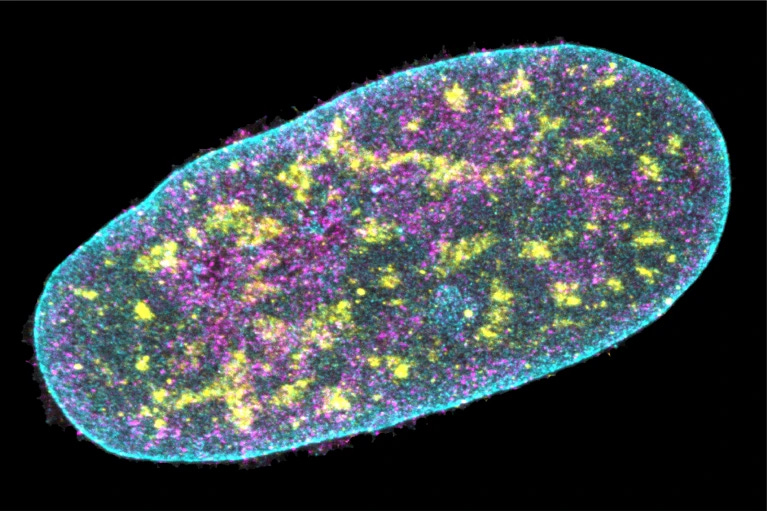
Researchers are queuing up to try a powerful microscopy technique that can simultaneously sequence an individual cell’s DNA and pinpoint the location of its proteins with high resolution — all without having to crack the cell open and extract its contents. Imaging DNA and proteins inside intact cells provides crucial information about how these molecules work together.
The method’s developers have already used it to study how ageing might alter the way that proteins in the nucleus interact with chromosomes. As the body ages, they found, changes in these nuclear proteins could suppress gene activity.
“This paper is really extraordinary,” says Ankur Sharma, a cancer biologist at the Garvan Institute of Medical Research in Sydney, Australia, who was not involved in the study but is keen to use the approach to study cancer cells and described it as “phenomenal” on the social-media platform, X.
The method, called expansion in situ genome sequencing, was described in a preprint1 posted on bioRxiv on 26 September. It has not yet been peer reviewed.
Read more→ AandP.info/uh5
Nobel Prize "for the discovery of microRNA and its role in post-transcriptional gene regulation"
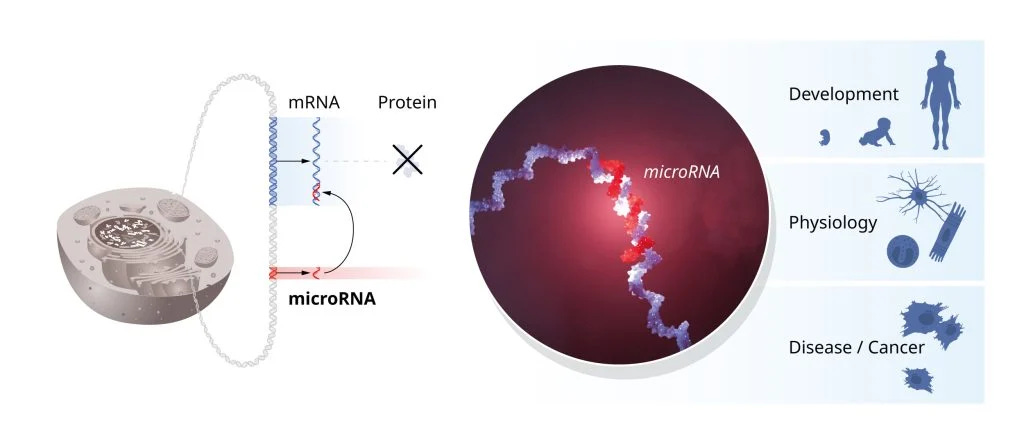
The Nobel Assembly at Karolinska Institutet has today decided to award the 2024 Nobel Prize in Physiology or Medicine jointly to Victor Ambros and Gary Ruvkun for the discovery of microRNA and its role in post-transcriptional gene regulation.
This year’s Nobel Prize focuses on the discovery of a vital regulatory mechanism used in cells to control gene activity. Genetic information flows from DNA to messenger RNA (mRNA), via a process called transcription, and then on to the cellular machinery for protein production. There, mRNAs are translated so that proteins are made according to the genetic instructions stored in DNA. Since the mid-20th century, several of the most fundamental scientific discoveries have explained how these processes work.
In addition to the mapping of new microRNAs, experiments by several research groups elucidated the mechanisms of how microRNAs are produced and delivered to complementary target sequences in regulated mRNAs. The binding of microRNA leads to inhibition of protein synthesis or to mRNA degradation. Intriguingly, a single microRNA can regulate the expression of many different genes, and conversely, a single gene can be regulated by multiple microRNAs, thereby coordinating and fine-tuning entire networks of genes.
Cellular machinery for producing functional microRNAs is also employed to produce other small RNA molecules in both plants and animals, for example as a means of protecting plants against virus infections. Andrew Z. Fire and Craig C. Mello, awarded the Nobel Prize in 2006, described RNA interference, where specific mRNA-molecules are inactivated by adding double-stranded RNA to cells.
Read more→ AandP.info/qlt
How Much Do Students Really Read?
Researchers have long observed that a small—and declining—number of students actually complete their assigned readings; a study of reading quizzes taken in a psychology class between 1981 and 1997 showed a decreasing number of students doing so even then. More recently, in a 2021 study of hospitality students, over 70 percent said they don’t read the texts their professors assign.
Few professors would argue with that data. Faculty frequently note how much less willing their Gen Z students are to read for class than earlier generations; in a discussion on X over the summer, faculty complained that students seem unequipped to read even 100 pages per week per class—which used to be the norm in many disciplines, especially the humanities.
Kevin Patton comment→ This essay goes on to talk about issues and strategies related to the topic of student reading.
Read more→ AandP.info/tpy
Time to Catch Up!
Kevin Patton comment→ You don’t want to miss this insightful conversation with an education / IP attorney regarding how we can—and cannot—legally use images from our textbooks to teach our students. Some of the answers are kinda obvious. But some will surprise you!
To listen to this episode, click on the play button above ⏵ (if present) or this link→ theAPprofessor.org/podcast-episode-150.html
COVID’s Risk to Heart May Rival That of Heart Disease
New research shows that severe COVID-19 could be a major risk factor for heart attack and stroke — on par with diabetes or heart disease. The risk may last for three years after infection, according to researchers at the University of Southern California, Los Angeles.
The USC team hopes their study findings, published today, spark conversation about preventive care for people who survive serious COVID infections. Maybe, the researchers say, COVID should be considered a heart disease risk equivalent, like diabetes.
Read more→ AandP.info/cmu
Your Blood Type Affects Your Risk of an Early Stroke, Scientists Discover
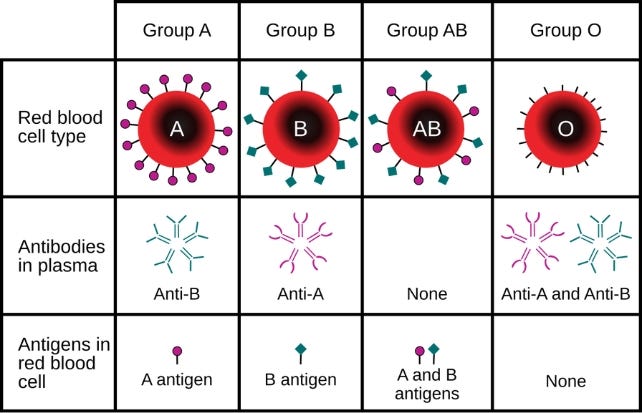
People with one of the type A blood groups are more likely to have a stroke before the age of 60 compared with people with other blood types, research shows.
…The researchers noted, however, that the additional risk of stroke in people with type A blood is small, so there is no need for extra vigilance or screening in this group.
"We still don't know why blood type A would confer a higher risk," said senior author and vascular neurologist Steven Kittner from the University of Maryland.
Read more→ AandP.info/h6z
Scientists Discover 'Skinny Genes' That Make It Easier to Lose Weight
The choices we make in diet and exercise go a long way towards determining our body's mass, yet its our genes that lay the groundwork for gaining and burning fat reserves.
Scientists have recently discovered 14 'skinny' genes that could influence how individuals lost weight in response to exercise.
Researchers from the University of Essex and Anglia Ruskin University in the UK enlisted the help of 38 volunteers aged between 23 and 40 divided between a control group and an exercise group, who did three 20 to 30 minute runs per week over the course of a couple of months.
…"This study highlighted some important genes associated with taking inches off the jeans, but it's important to remember that the genes will do nothing without exercise and lifestyle changes as they are all interlinked," says exercise scientist Henry Chung, from the University of Essex.
"Without intervention, they won't show their true potential and then it doesn't matter what genes you have."
The research has been published in the Research Quarterly for Exercise and Sport.
Read more→ AandP.info/c7v
Olfactory neurons selectively respond to related visual and verbal cues
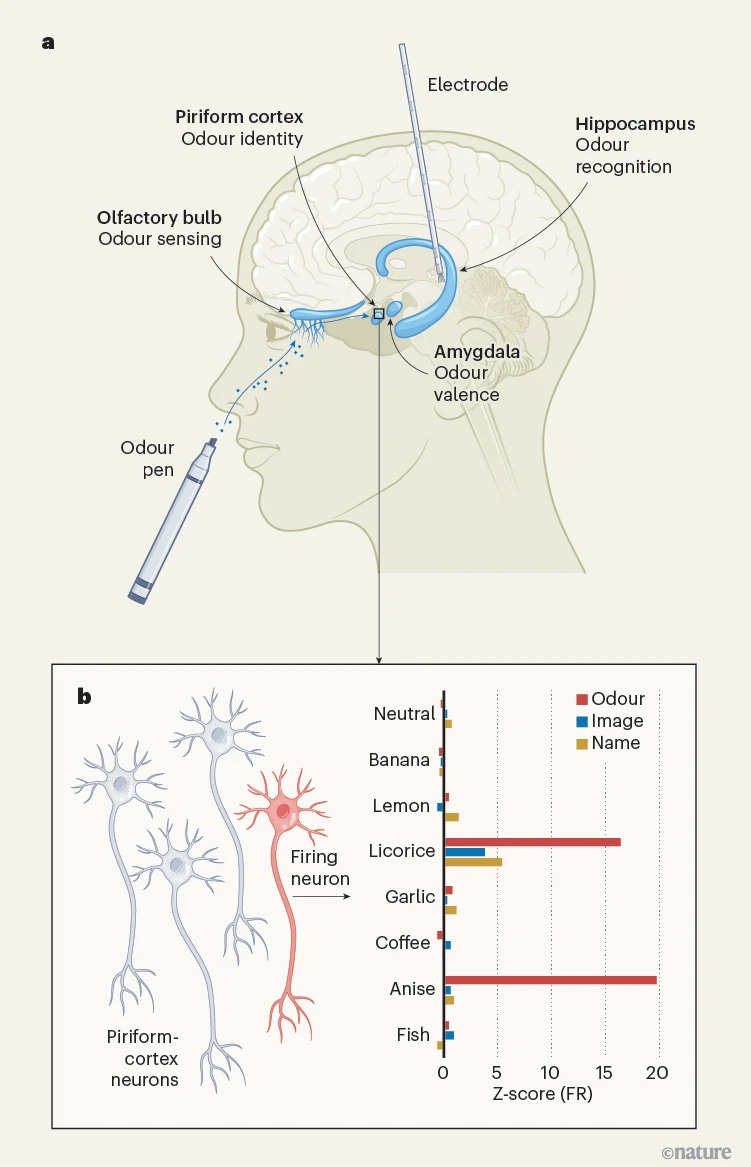
How do patterns of neural activity in the brain lead to perception? Conventionally, this central question in neuroscience has been studied while recording activity from neurons in animals that have been trained to perform specific tasks in response to different stimuli, which provides only indirect measures of perception. Alternatively, experiments in humans, who can narrate their perceptual experiences, have typically been limited to indirect recording methods that report only bulk neural activity at low temporal or spatial resolution. This is changing with the increased prevalence of implanted ‘depth’ electrodes that can measure activity from deep inside the brain, and with rapid advances in technologies that enable recordings from large numbers of individual neurons. Together, this affords researchers the opportunity to study the activity of large populations of individual neurons in humans1,2 and to directly link neural activity to perception. In a study reported in Nature, Kehl et al.3 record odour-evoked neuronal activity from thousands of individual neurons in human volunteers, providing unprecedented insight into how odour information is processed in the brain.
…Reassuringly, the general properties of odour responses recorded in the human piriform cortex are consistent with those observed in rodents5. To quantify the odour information encoded in each brain region, they trained machine-learning algorithms, called classifiers, to identify the presented odour from the neural data recorded in each area. The piriform cortex showed the most accurate odour classification, but the amygdala, hippocampus and entorhinal cortex also contained odour information, albeit with slower and less accurate decoding than the piriform cortex. Notably, the parahippocampal cortex did not contain any odour information.
Participants were asked to rate the pleasantness, or valence, of each odour. By analysing the accompanying neural responses, the researchers found that valence was encoded in the amygdala — a brain region known mainly for its role in processing emotions — but not in any of the other regions. The study participants were also asked to identify the odour. Identification accuracy correlated with activity in the hippocampus, but not in other areas. These findings reveal how different brain regions process odours in distinct ways. The piriform cortex is best at encoding the odour itself; the amygdala evaluates the odour’s valence; and further processing in or upstream of the hippocampus is required for recognition and naming of the odour (Fig. 1a).
Read more→ AandP.info/y1l



